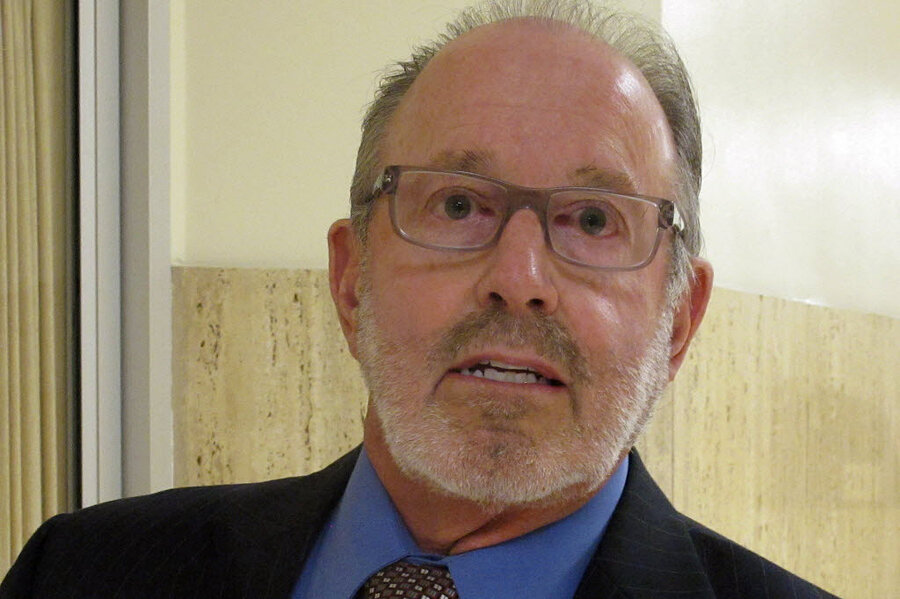Kansas judge blocks state ban on late-term abortion method
Loading...
A Kansas ban on a common late-term abortion procedure was blocked on Thursday, until the judge can consider further the lawsuit filed against it, The Associated Press (AP) reported.
The state ban was set to take effect July 1, and would forbid the practice of the most common method of abortion performed during the second trimester of pregnancy.
According to the lawsuit filed against the state by the Center for Reproductive Rights, the procedure – known as dilation and evacuation, or D&E – accounts for 95 percent of second-trimester abortions because it is widely regarded as the safest method. It is also the method recommended by the World Health Organization.
"[The ban is] among the most extreme restrictions that we've seen," Janet Crepps, a Center for Reproductive Rights lawyer, told the AP.
Opponents of D&E argue that it is inhumane and that there are safe alternatives available.
Attorneys for the state argue that the ban would not impede access to safe abortions. "Instead, it simply declares one particularly gruesome and medically unnecessary method of abortion to be beyond society's tolerance level.”
The ban, which passed in April as the Unborn Child Protection From Dismemberment Abortion Act, would grant exceptions in cases that threaten the lives of pregnant women, or that pose serious risks to their health.
It would also allow for D&E to continue, as long as fetal demise was ensured first.
Attorneys have argued that administering a lethal injection or severing the umbilical cord before removing the fetus would reduce fetal suffering.
However, the Center for Reproductive Rights argued that evidence of these methods’ effectiveness is dangerously lacking.
The American College of Obstetricians and Gynecologists concluded in a 2013 study that the extra step added no safety benefits to the procedure.
“No evidence currently supports the use of induced fetal demise to increase the safety of second trimester medical or surgical abortion,” the study reported.
Last year, about 9 percent of abortions performed in Kansas were done using the D&E method, according to Kansas health department data. About 11 percent of abortions were performed during the second trimester.








